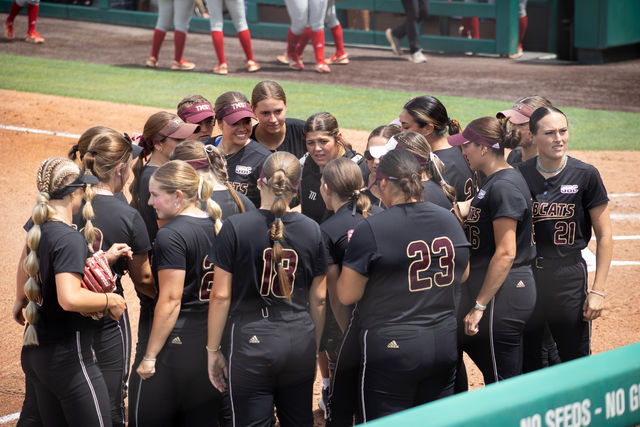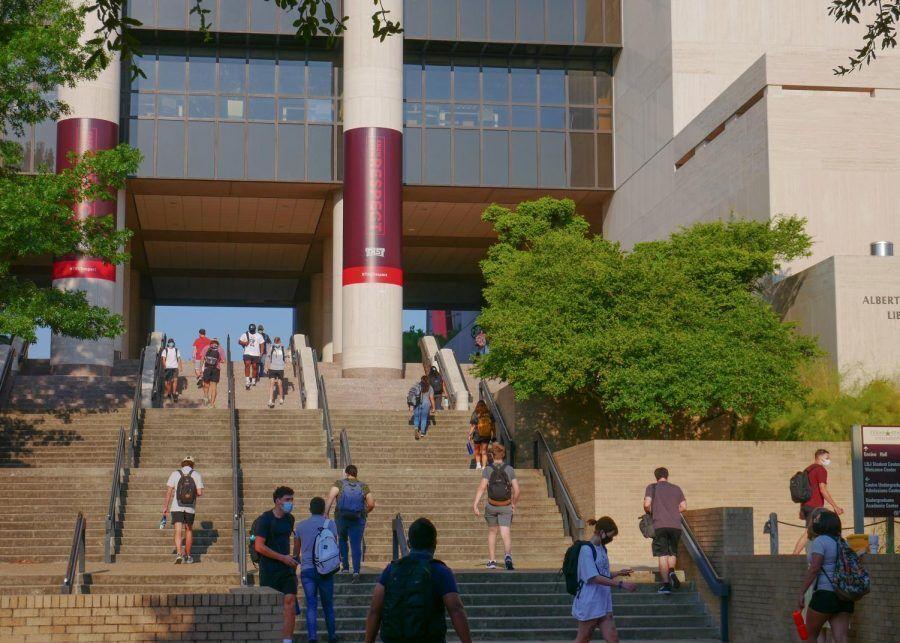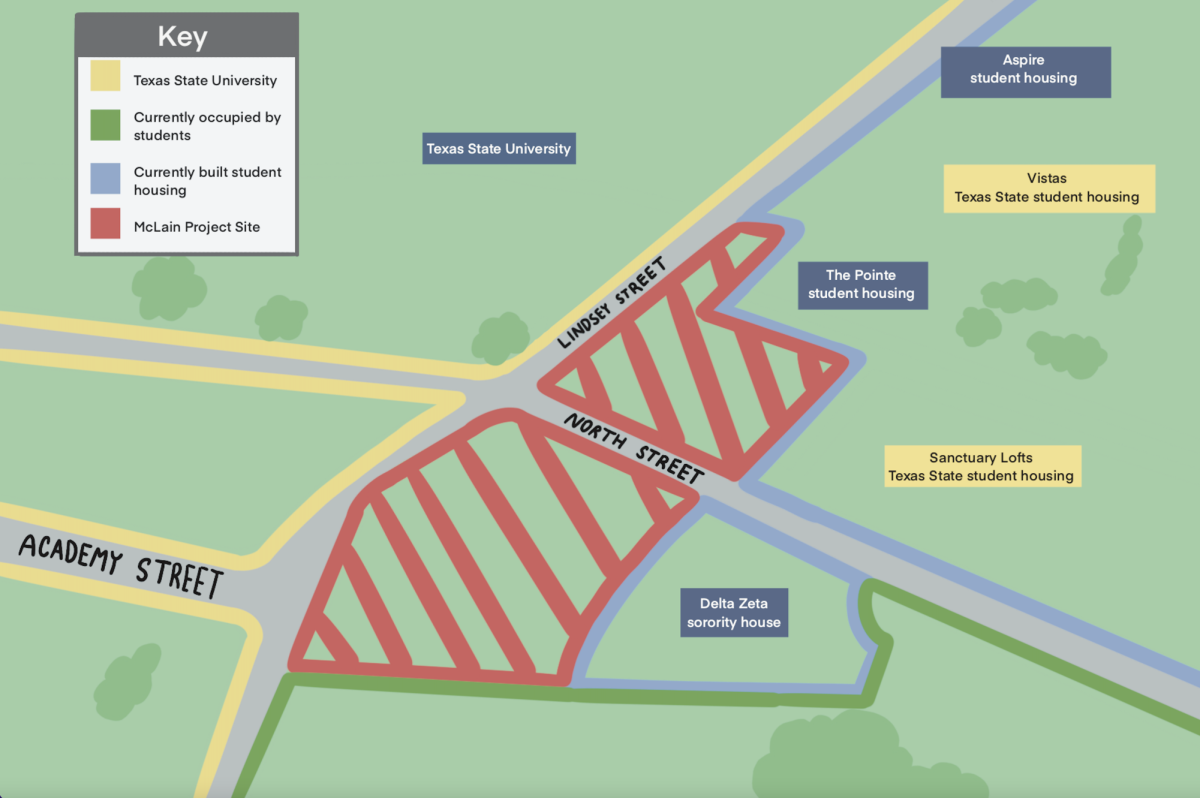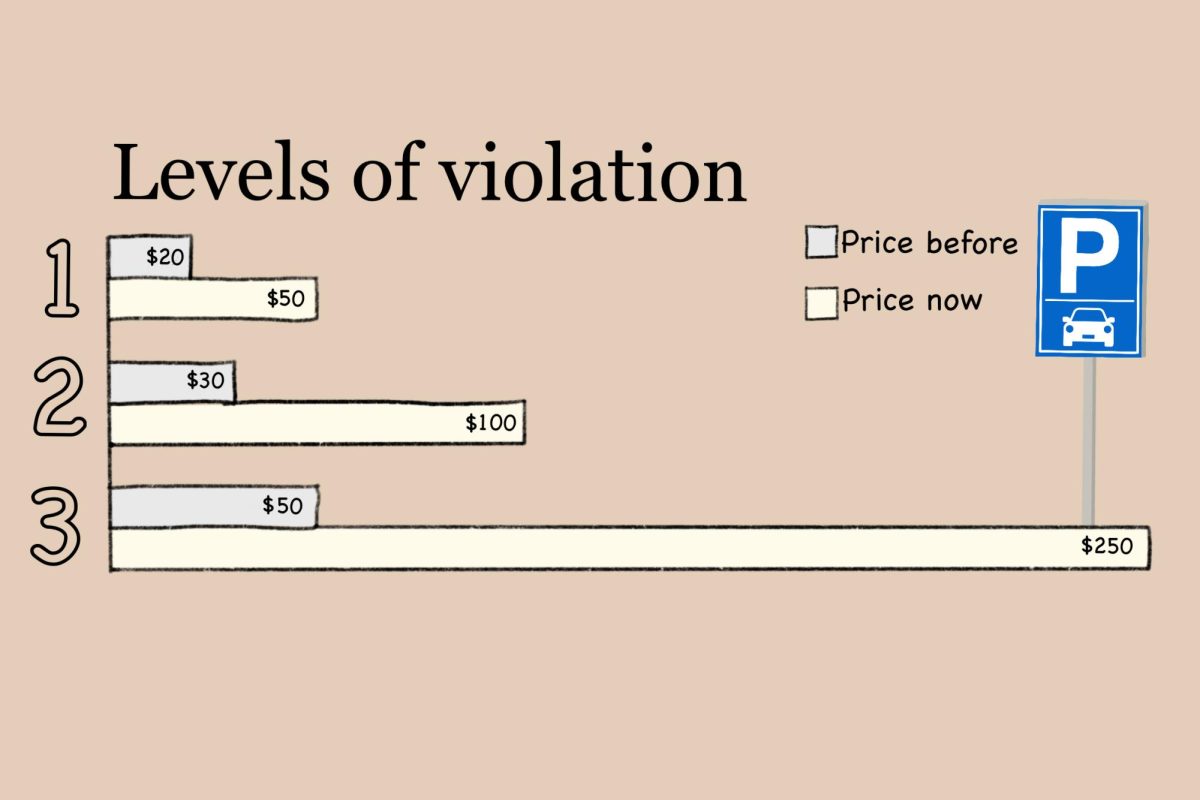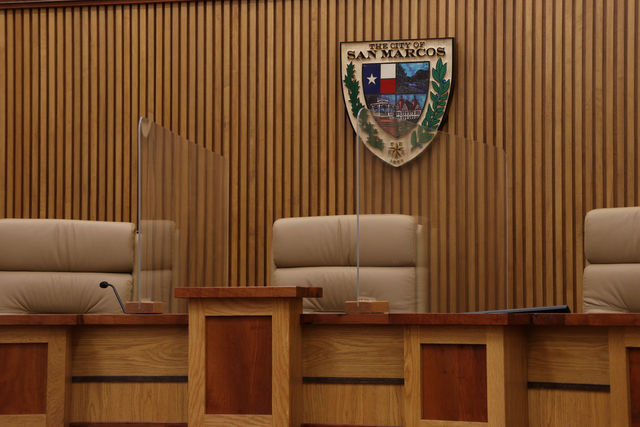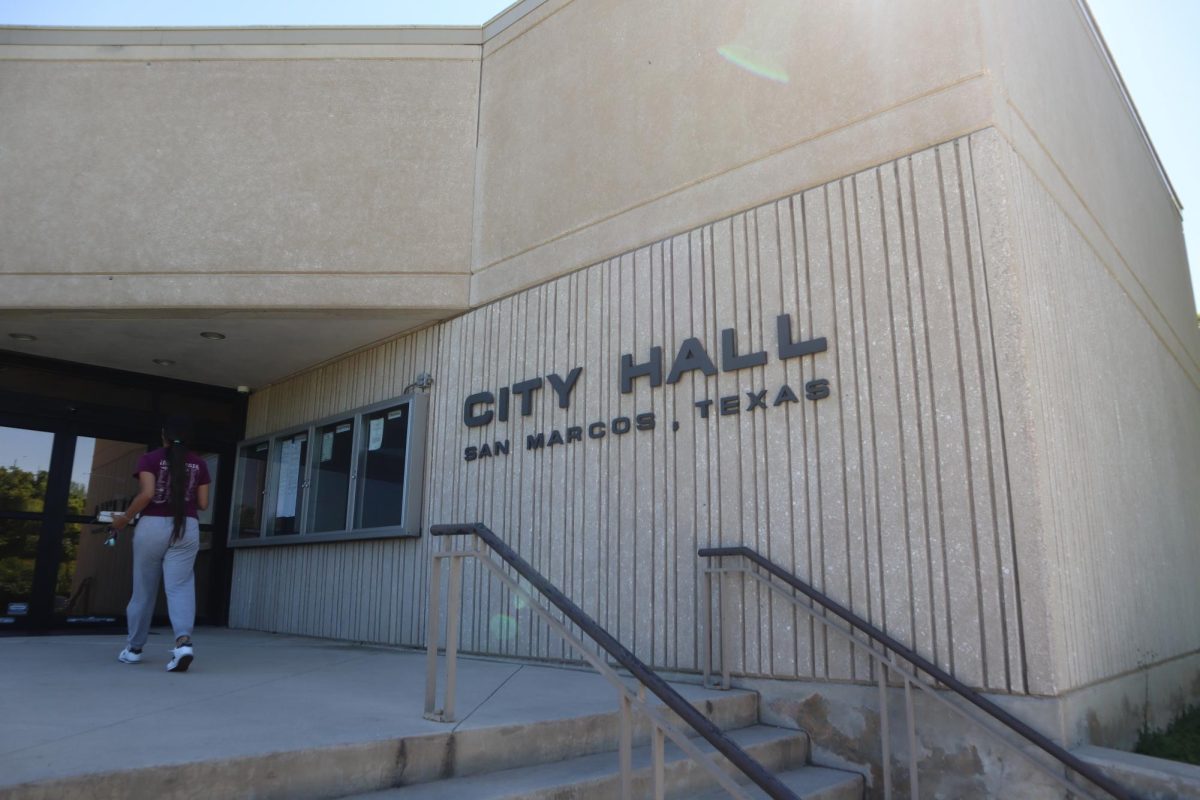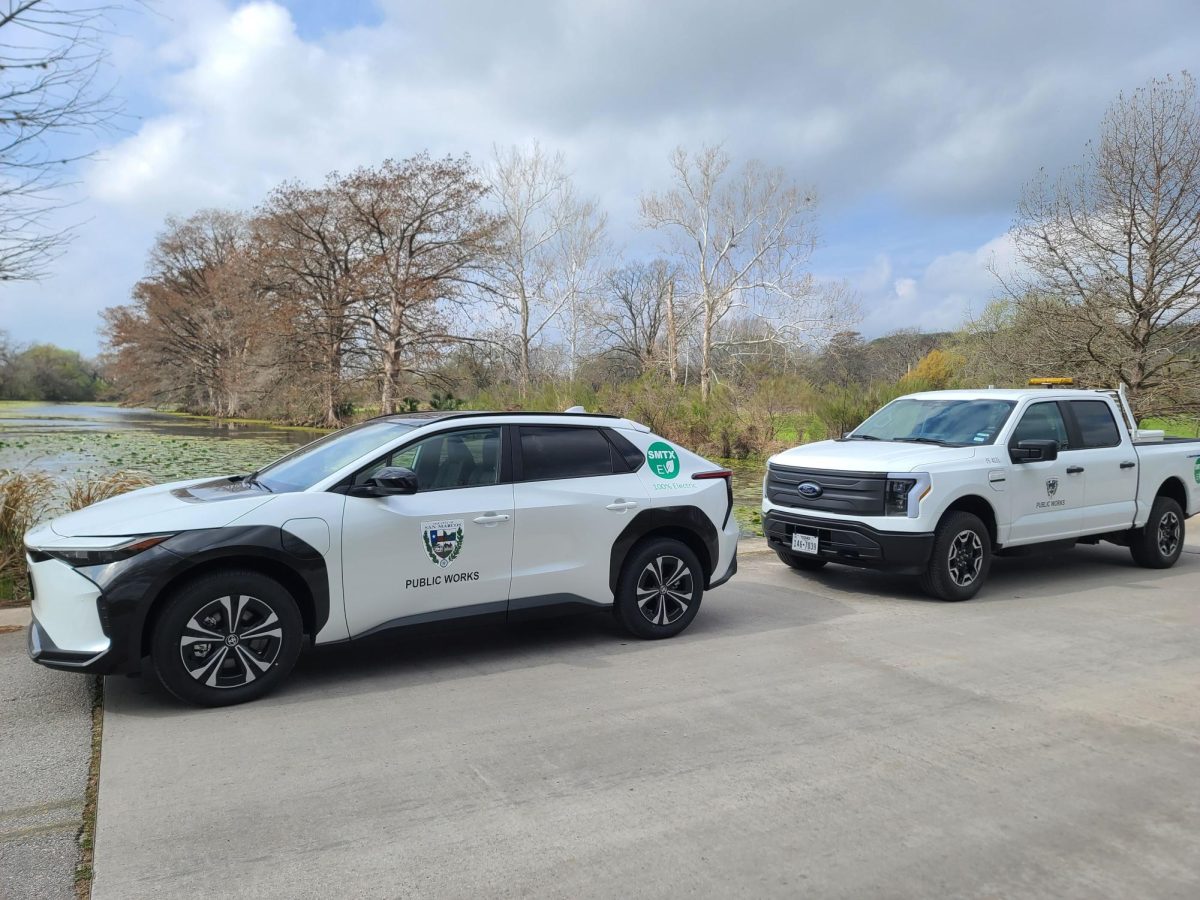Texas State students, faculty and staff are witnessing fewer people walking around campus during peak hours of the day, as the majority of students are enrolled in online, flexible or hybrid courses.
Currently, Texas State’s student enrollment stands at about 37,500—an approximate 1.3% drop from the 2019 fall semester, which had an enrollment of 38,187. Provost Gene Bourgeois says the drop was caused by slightly less incoming freshmen and transfers but is still less than what the university expected to see during the pandemic. He believes university efforts to enable social distancing and balance students’ diverse scheduling needs helped maintain enrollment numbers.
Dr. Marc Turner, director of the Office of Institutional Research, says the number of students taking at least one class with some form of online delivery has risen from about 29.6% in fall 2019 to about 93.7% in fall 2020. This leaves about 6% of students taking only traditional face-to-face classes this semester, while 75% of students are taking at least one face-to-face course.
Bourgeois says when returning students registered for the fall in April, they registered for traditional face-to-face classes, causing most sections to fill up. It was not until June, when the university announced its Roadmap to Return, that a 50% classroom capacity constraint was imposed.
Instead of dropping students from their classes to meet the 50% capacity, the university decided to give professors the discretion to divide their classes up into one, two or three groups and have students attend face-to-face instruction on alternating days.
Bourgeois notes that all buildings on campus are subject to the 50% capacity limit regardless of use or size and that classrooms with large capacities and less than half enrollment can still meet because they are under the 50% threshold.
“If you think about it, regardless of the room capacity, whether it is Alkek Theater with roughly 400 students, whether it’s a lecture theater in McCoy with 250, whether it’s a classroom in Flowers Hall that might have a capacity of 25, you cannot have more than 50% of the capacity of the classroom at any given point in time,” Bourgeois said.
In addition to classroom capacity limits, the university has taken several other measures to mitigate the risk of COVID-19, as laid out in the Roadmap to Return. These mitigation efforts include the requirement of face masks and social-distancing, the installation of hand sanitizer dispensers throughout campus, the removal and rearrangement of furniture in public spaces, the designation of large ballrooms and vacant classrooms as safe study areas and discouraging students to stop and wait in hallways or lobbies before class.
Face masks are required at all times while indoors, unless alone, and outdoors when 6 feet of social-distancing is not possible.
Kamryn Zell, a psychology junior, is taking three face-to-face and two online or hybrid classes. She says she understands that not everyone learns easily in a remote format but thinks staying home during a pandemic is more important than physical presence in a class.
“I’m used to doing stuff like this because I was in community college, and I was also homeschooled online,” Zell said.
Liam Trapane, a political science senior, feels like he is paying for services he is not able to take advantage of.
“Political science typically requires a lot of dialogue options, and typically we have dialogues [in class] and large meetings of large groups of people, or watch parties of debates and elections—things we typically pay for with our classes, or at least help facilitate, and now we aren’t having them,” Trapane said.
Both Zell and Trapane feel the university and its professors have done a good job in maintaining low capacity and proper social distancing, but neither is convinced that positivity rates and transmission numbers will stay low for very long.
“I’m prepared to stop [coming to campus]; I’m not nervous or anything,” Zell said. “All my teachers are prepared to go to online learning.”
Bourgeois says staff, deans and members of the President’s Cabinet observed campus during the first week of classes and were pleased to see students complying with the safety guidelines put in place.
He says enforcement of the required safety policies first falls upon the professor and then the Dean of Students.
“For example, in classrooms, faculty will have the discretion to impose sanctions on students, including suspension from a class if they are not compliant with the cloth face-covering requirement,” Bourgeois said.
Out of the approximate 32,700 students enrolled at Texas State, about 5,668 are living on campus in residence halls.
“We have 844 fewer [housing] contracts than last year,” said Dr. Mary Ellen Cavitt, interim vice president for Student Affairs.
Cavitt says the university does not yet know how many students have enrolled from surrounding counties, nor how many out-of-town students have made their way to San Marcos.
Wryan Garcia, a public health freshman and Airforce ROTC cadet who moved in to the Blanco Hall ROTC Living-Learning Community, says that while his time at Texas State has been pleasant so far, he worries he will not have a college experience.
“The Cat Camp didn’t really happen, and mostly, you know, keeping up with grades, books and all of the normal college worries,” Garcia said.
Bourgeois says it is up to students to comply with the requirements and standards the university has implemented. The university expects some people on campus to contract COVID-19, but Bourgeois believes it is up to the university community to mitigate the transmission when the cases appear.
“There are people who have been COVID-19 positive [on campus]; that does not mean that others on campus caught COVID-19 from them,” Bourgeois said. “In fact, there has not been a single case that we’re aware of [as of Aug. 25]. “In the end, students have the key to our successful reopening and our remaining open.”
For more information on Texas State’s safety policy enforcement, visit the Compliance and Enforcement page on their website.
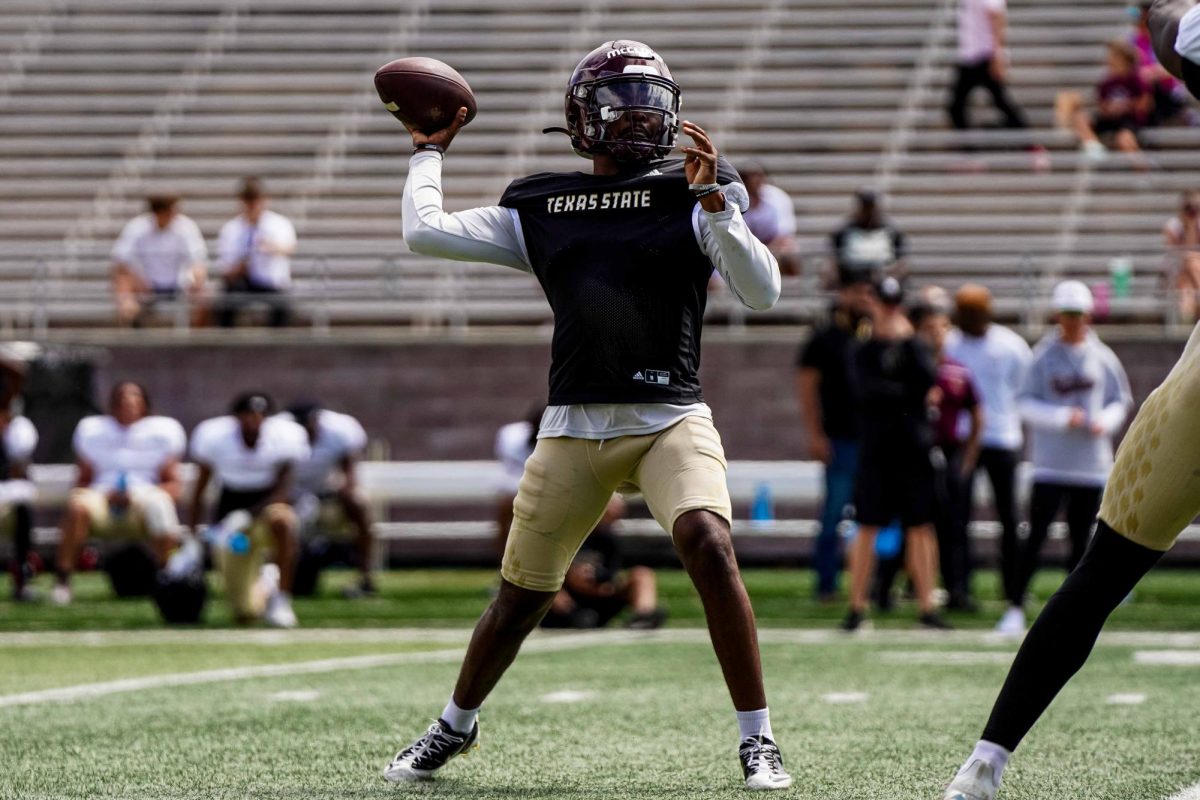
April 25, 2024
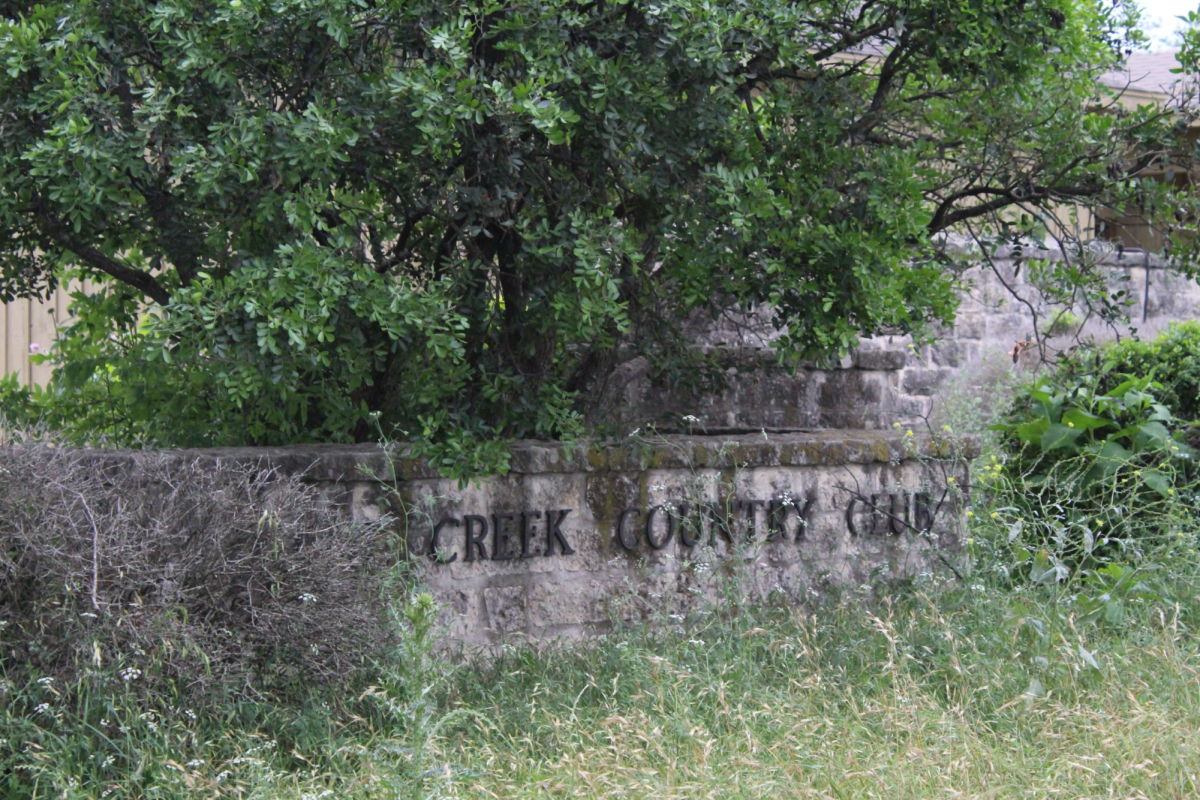
April 25, 2024
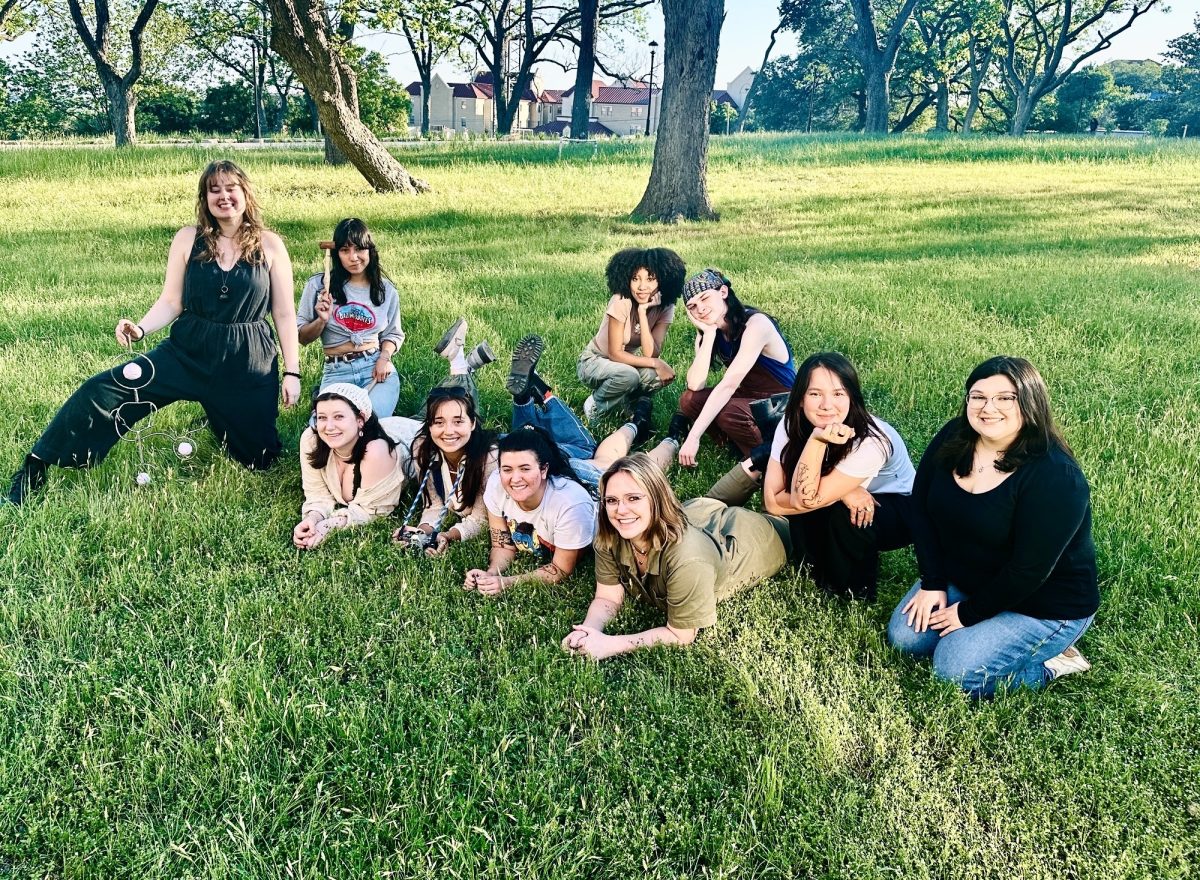
April 25, 2024
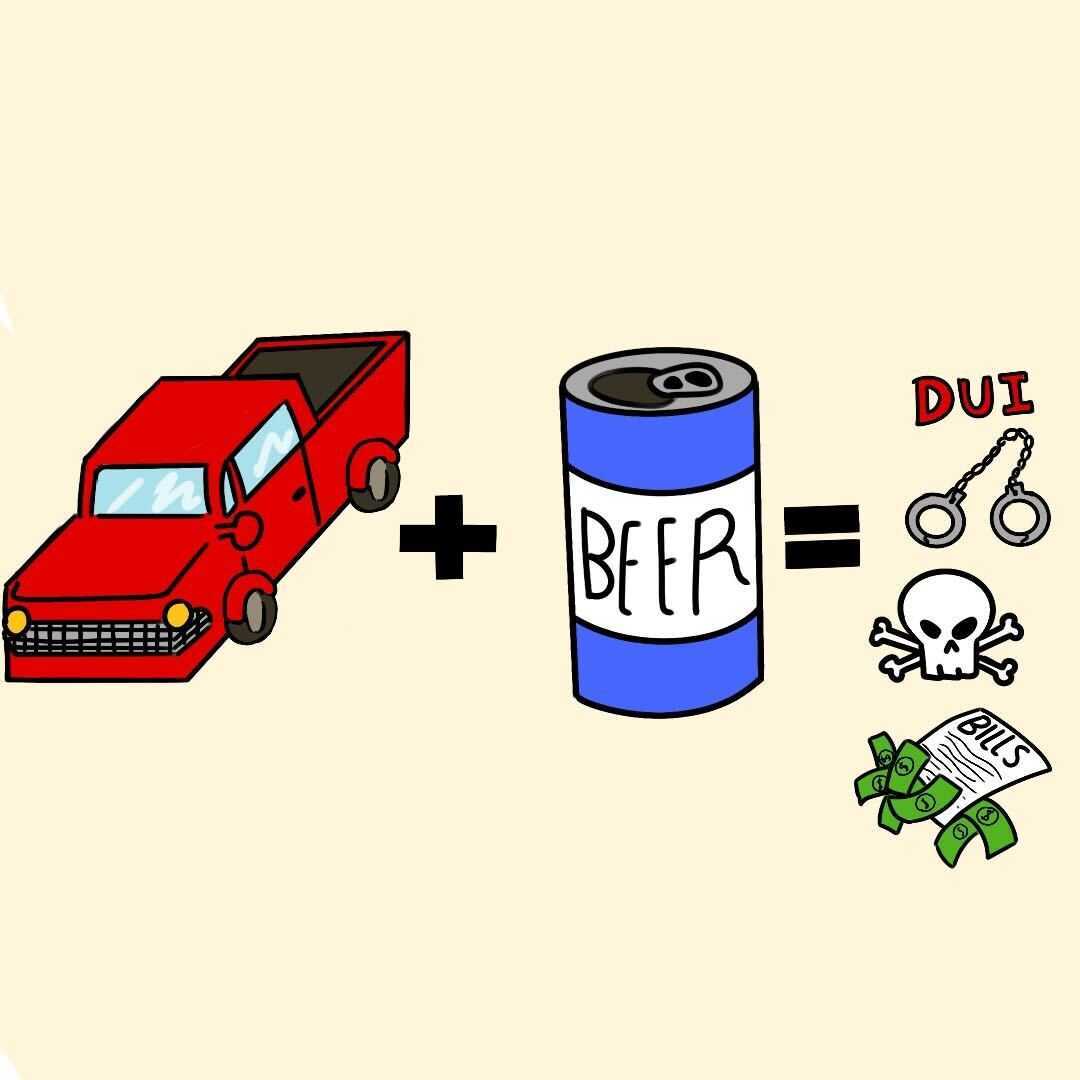
April 25, 2024
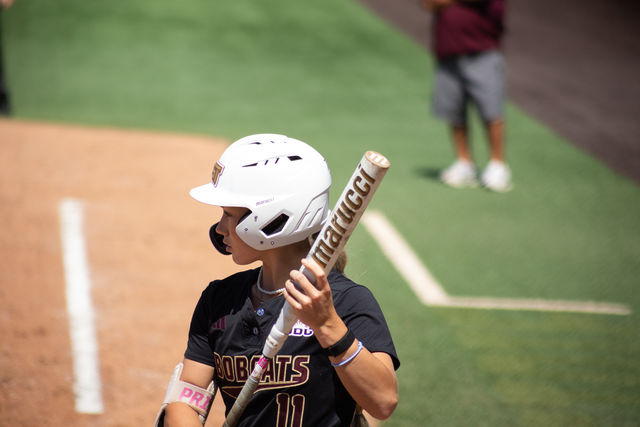
April 24, 2024
Texas State’s campus capacity by the numbers
September 4, 2020
Students make their way through the Alkek breezeway, Monday, Aug. 24, 2020, on Texas State’s San Marcos campus.
Donate to The University Star
Your donation will support the student journalists of Texas State University. Your contribution will allow us to purchase equipment and cover our annual website hosting costs.
More to Discover
SECTIONS
SERVICES
CONTACT INFORMATION
universitystar.com
601 University Drive
San Marcos, TX 78666
Phone: 512-245-3487
Email: [email protected]
601 University Drive
San Marcos, TX 78666
Phone: 512-245-3487
Email: [email protected]
© Copyright 2024 The University Star 601 University Drive, San Marcos, TX | Privacy Policy
© Copyright 2024 The University Star 601 University Drive, San Marcos, TX | Privacy Policy

